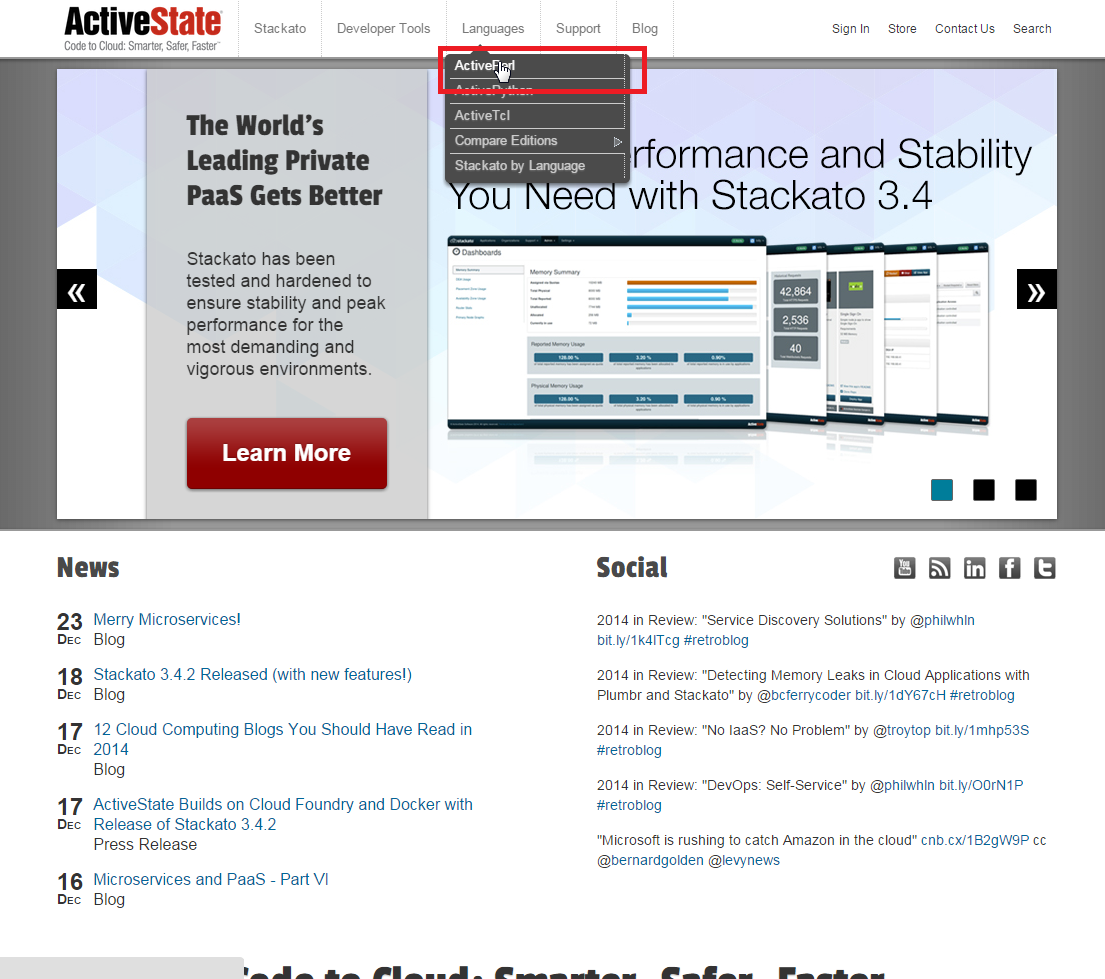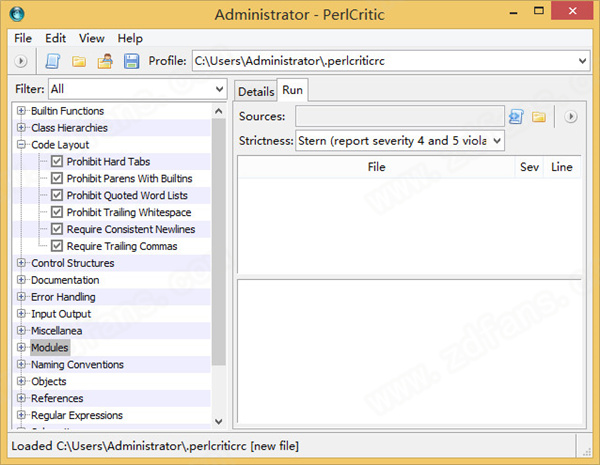

NaturalDocs.bat -p \myproject\docs\nd -i \myproject -o HTML \myproject\docs\HTMLĪll three command-line options are required: -p specifies the project directory, -i specifies the input directory and -o specifies the type of output generated and its output directory (only HTML is supported).
#Activeperl 5.10 0.1002 windows
Windows users open a command prompt and change to the Natural Docs installation directory, for me that's C:\nd. Now we can generate our HTML documentation. You can choose paths you want, but I like to keep my project, its documentation and the Natural Docs info separate. I created a directory C:\myproject\docs\nd for Natural Docs project info, and C:\myproject\docs\HTML for the generated HTML. Now we need to decide where we want Natural Docs to store this info, as well as where we want the generated HTML documentation to go. Natural Docs stores some project info for each project you have. Indentation doesn't matter, but you need to remember to separate topics (eg., "sub. That's Natural Docs syntax, again very straightforward and easy to read. OK, so I have a directory C:\myproject, and in it a file called mysource.bas which contains the following code:įunction bar ( byval a as integer, byval b as single ) as string I clicked the "Download" link under "Version 1.4", and extracted the files in the. MSI file and installed ActivePerl with all the default options. I clicked the "Get ActivePerl" link, clicked the "Download" link under "ActivePerl", continued past the "Contact details" screen, and downloaded the ActivePerl 5. Linux users probably already have a Perl implementation, Windows users are recommended to get ActivePerl: To get started, you'll need Perl (Natural Docs uses it).


#Activeperl 5.10 0.1002 code
Fortunately, unlike other documentation generators (e.g., Doxygen), the syntax for Natural Docs documentation commenting is extremely intuitive, reading very straightforward without any strange escape code symbols. Like other documentation generators (e.g., Doxygen) Natural Docs parses your source code looking for comments containing text that it understands. For those that want an easy and robust way to provide documentation for your FreeBASIC source code, one solution is to use Natural Docs.


 0 kommentar(er)
0 kommentar(er)
